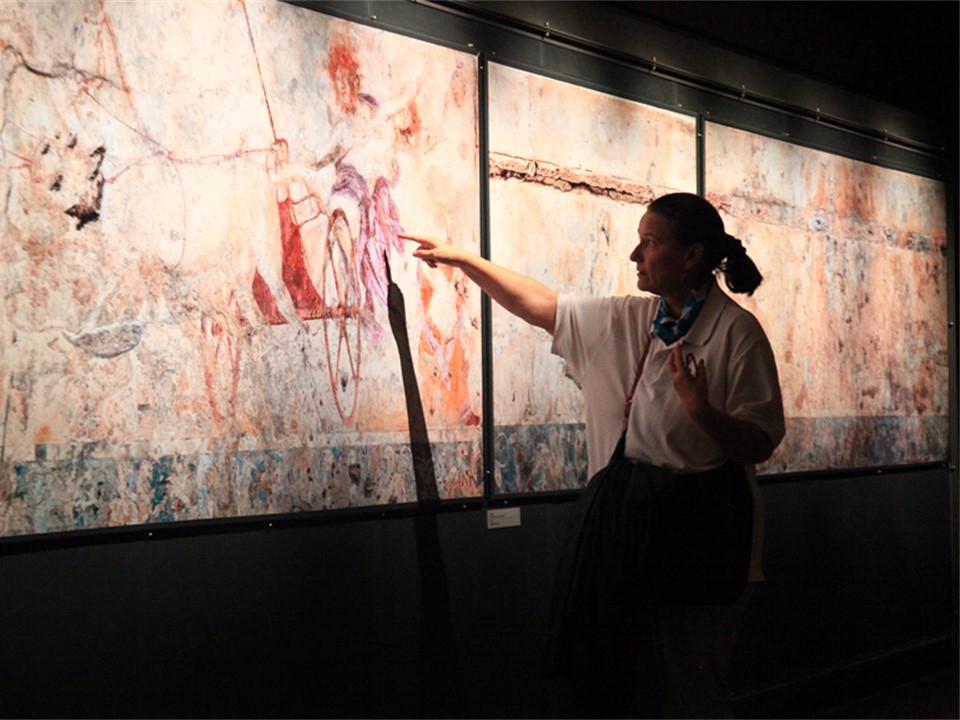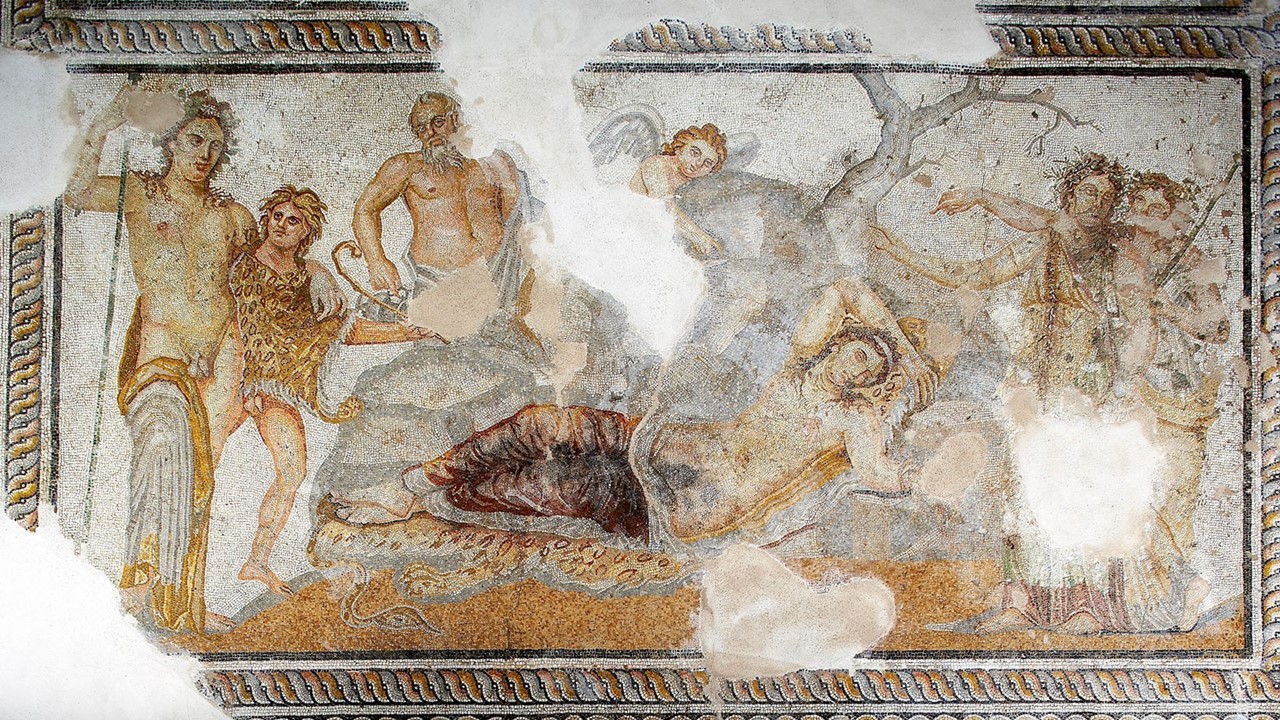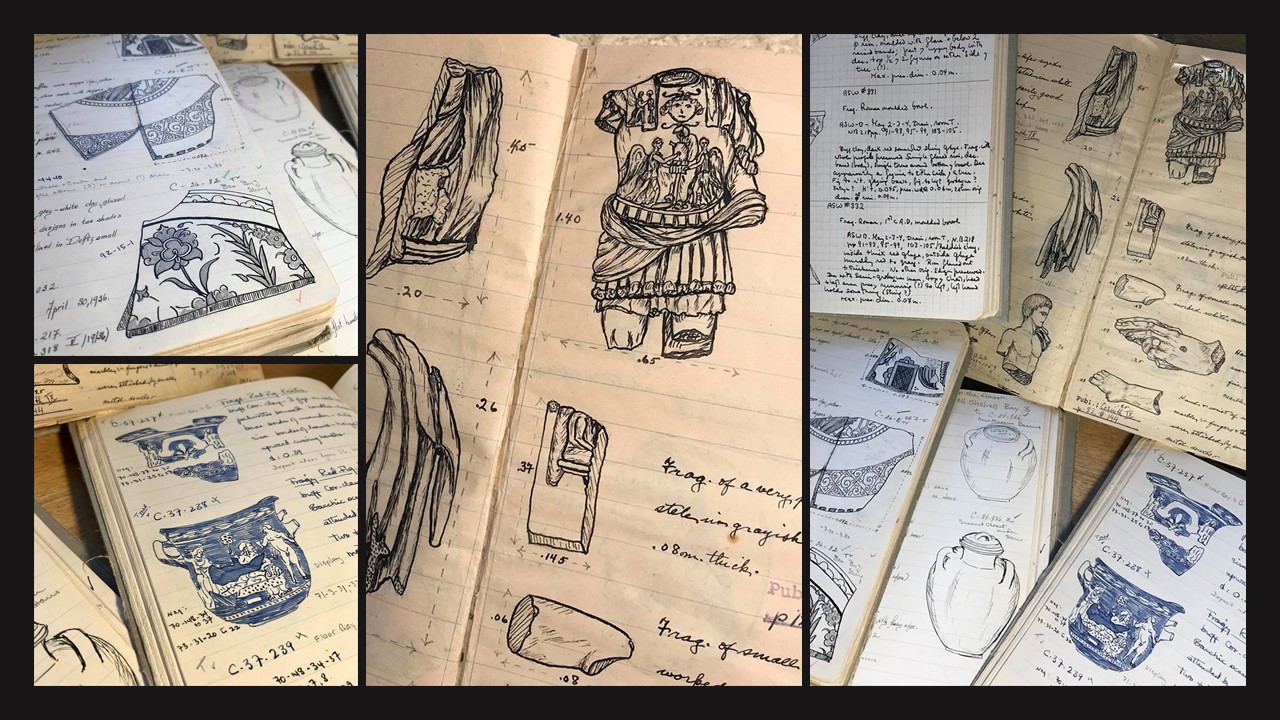
Photo: Kostas Papantoniou
Back to Aigai, the 1st capital of the ancient Macedonians is always a pleasure!
Archaeological excavations have unveiled extraordinary riches of the past, a prosperous city enclosed by defensive walls, with an acropolis in the north-east foothills of the Pierian mountains. They discovered impressive temples, monumental public buildings, an imposing palatial complex, unique in its architectural characteristics, a theatre, and several “Macedonian” Tombs, the most important of which is the Tomb of King Philip II, father of Alexander the Great.
Pinewood Grade 5 students visited the Tomb of Philip II, one of the largest of all “Macedonian” Tombs found in Greece. The monument was constructed of stone and consists of two vaulted rooms, the main burial chamber and the antechamber. The grandiose, imposing facade is adorned with marble double doors, two half-columns and an extraordinary painted frieze immortalizing a hunt of lions, bears, antelopes and boars in a semi-forested landscape.
Next to Philip’s Tomb is the plundered cist tomb of Persephone famous for its wall painting. Among the figures of the Fates and of Demeter seated on the “mirthless rock” is a depiction of the abduction of Persephone by the god of the underworld, Hades. The originality of execution, the power of conception and restraint of colouring all indicate an artist of great talent. Could the artist be Theban Nicomachus, famous for his rendering of the female figure?
“Back to Aigai” students enjoyed a day of myths, glorious history, fine arts, golden treasures, and … serene countryside, sunshine and autumn bliss. They were so smart but most importantly so kind and full of respect…They were attentive and engaged, they contributed so much to the successful outcome of our trip!
The official site of ancient Aigai is more than worth exploring: https://www.aigai.gr/en
Interesting to read: http://www.greece-is.com/exploring-ancient-macedonia-at-the-royal-tombs-of-aigai-vergina/
For a PowerPoint on the Royal Burial Cluster of Philip II – Photos by Kostas Papantoniou, please… Click HERE!

